It’s somewhat surprising to see Gotta Protectors: Cart of Darkness land in the west. After two years of waiting, I’m sure many gave up hope, but the translators at 8-4 have made it happen. This is the third entry in a series that started way back in 2010 on the Xbox Live Indie Games service on Xbox 360 as Protect Me Knight. They’ve been a well-received but niche little collection of games.
Forget the indie descriptor, however. Gotta Protectors has pedigree. Specifically, Ancient Co. Ltd. developed it. Maybe that name doesn’t mean anything to you either, but how about its founder, Yuzu Koshiro? He composed the music for 1990’s Actraiser, 1991’s Streets of Rage, and about a million other games since then.
But forget about its papers, Gotta Protectors: Cart of Darkness doesn’t take itself very seriously, and you probably shouldn’t either.
Let’s Gotta Go!
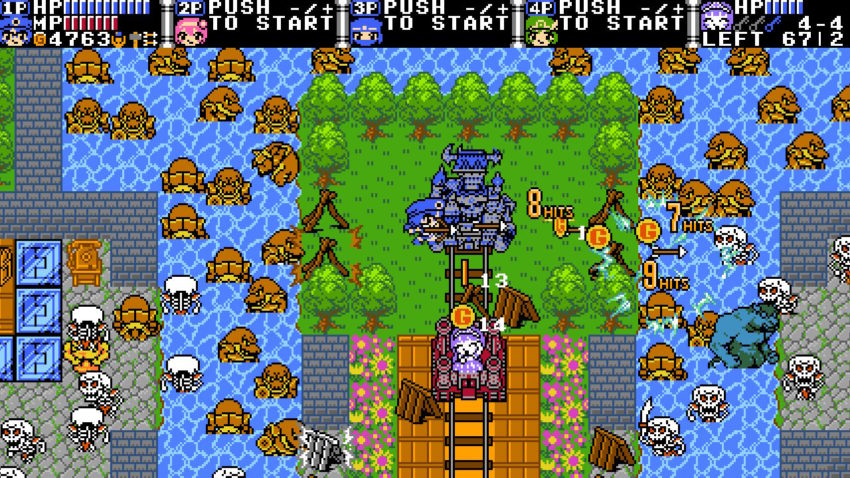
The story sets up how Cart of Darkness is different from its predecessors: the castle grows treads and starts moving. This is not only completely ridiculous and hardly explained; it’s the game’s new central gimmick. Instead of just defending a static castle and your princess employer, the castle travels along tracks through the map on a mission to ram into the enemy’s castle. Successfully crushing their encampment under your treads wins the day.
Enemies spawn in as the castle passes certain points on the map. It will also stop at nodes along the track where larger waves begin their assault. You typically can’t proceed from these nodes until you’ve cleared out all the enemies in that wave.
This changes things up substantially. Previous games in the series put an emphasis on securing your defenses, but this time around, your defenses are left in the dust as the castle proceeds upon its route. That doesn’t mean you shouldn’t spend any time shoring up your fortifications, you just need to keep in mind that they’re temporary.
Stranger danger
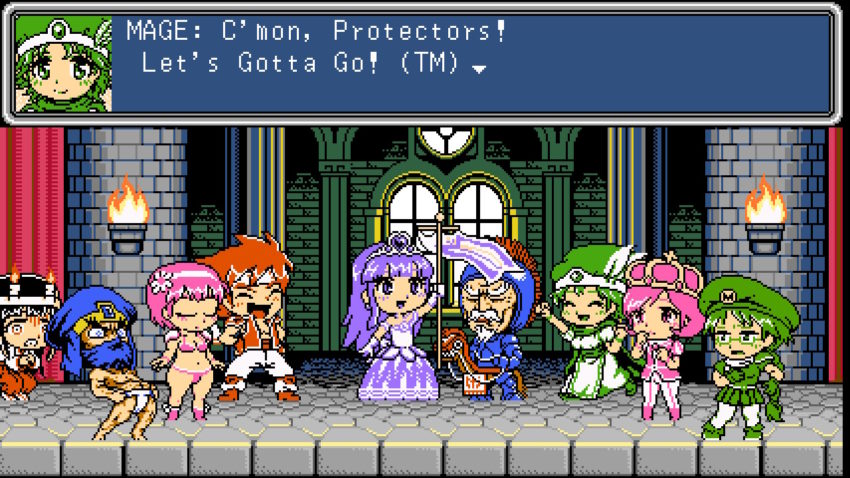
The game employs technical limitations very true to the NES. Characters use restrictive color palettes, the background music was composed on the console’s sound chip, and the animation and movement keep to what the console was capable of. The most glaring indication that Cart of Darkness wasn’t originally developed on the NES is the number of enemies it can cram on screen.
Often, there are dozens of enemies pouring in from spawn points and the edges of the map. They bear down on your castle and strip your defenses. Big, small, ones that explode; there’s a pretty decent cast, even an expansive one if you include their more powerful palette-swapped brethren.
To combat them, you have a wide selection of heroes; you pick three of them to control at one time. Cart of Darkness’s greatest variety comes from its cast. Each hero is distinct in how they play. The mage throws area of effect spells, the ninja deals quick melee damage, and the oracle can summon spirits to help defend. Being able to juggle their skills is helpful, but getting through the easier difficulties can be done using just a favorite.
Amazons, mages, and old guys
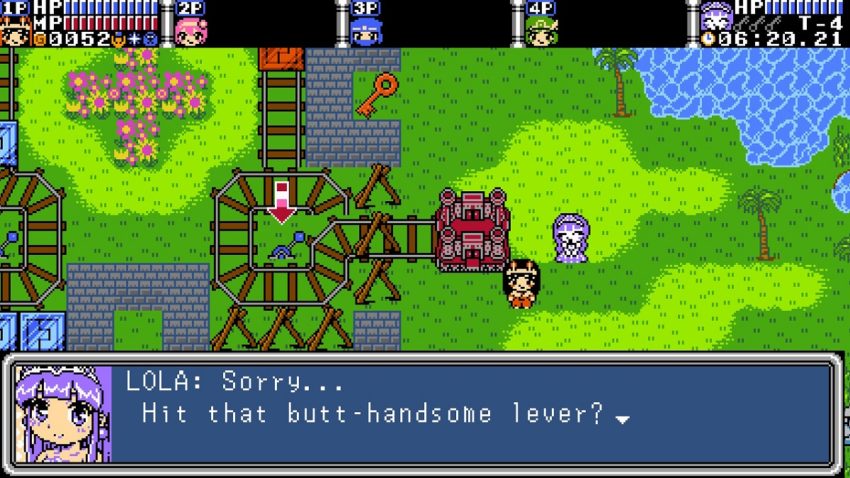
You can also play by yourself, but Cart of Darkness makes it pretty clear it’s supposed to be a group affair. Balancing defense and offense is difficult by oneself. Later levels and harder difficulties make companionship more helpful as some enemies can level castle walls in a punch or just ignore them, attacking the princess directly. You also only have three slots for special attacks, and while you can set your three characters up for different roles, it can be difficult to juggle them in the heat of battle.
Working with others can complicate things, as well. At the best of times, it can be hard to read the battlefield in Cart of Darkness. Losing sight of your warrior in the mess of enemies that pollute the landscape will be frequent while you’re coming to grips with the game. It gets easier as the mechanics get cemented in your head, but when you drop in three more players, it becomes even more chaotic as abilities get spewed in all directions.
In the pandemonium, it’s entirely possible to make a catastrophic error, dooming your entire team. Like, for example, pushing the princess off the castle and rendering her vulnerable to enemy attack. Then, it can be upwards of 10 minutes down the drain because you lost your ninja against a backdrop of minotaur meat.
I do like to crush things
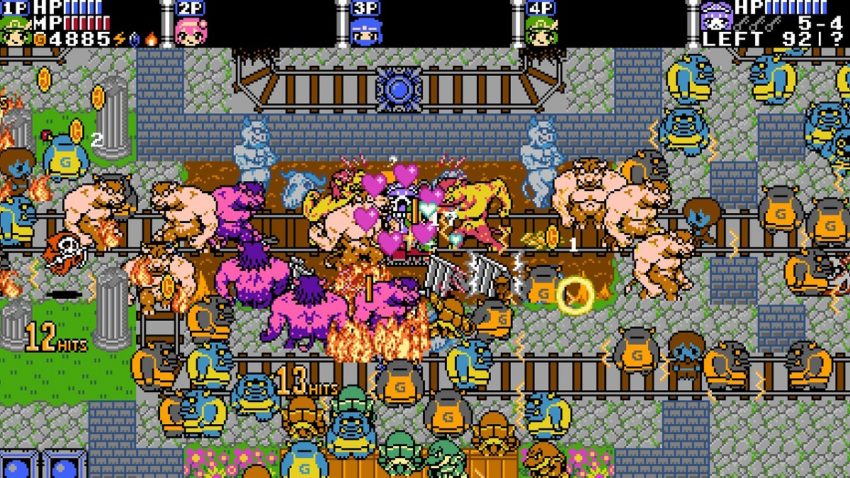
There are also features that aren’t particularly clear. Carts (that is to say, video game cartridges), for example, can be found by meeting certain conditions. None of these are obvious, and I found no way to view these requirements beforehand. Sometimes you just have to experiment. One map requires you to drop Princess Lolo in a well for three seconds, and no, I’m not joking. Other times you’re rewarded for “letting” the castle get destroyed or for some of your fortifications to disappear. I don’t know how I feel having my failure incentivized.
The carts aren’t entirely necessary, but they do add special passive abilities to your warriors. Also, there are allegedly 948 of them. You can probably just grind for these cards by replaying missions where you know the requirements, but they really feel like something that should be dropped more often given the sheer quantity there is to collect.
8-bit music to my ears
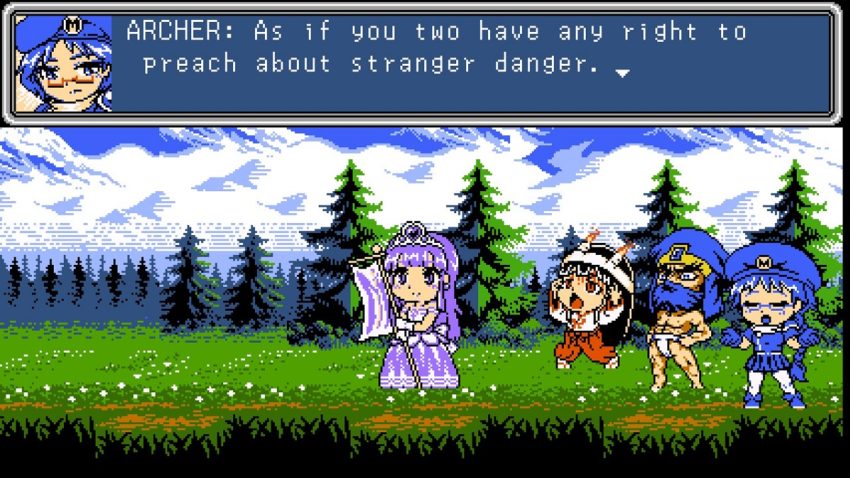
The main issue that Cart of Darkness carries is its repetitive nature. Each level tends to feel the same as the last. New mechanics are thrown in occasionally and the tileset changes, but it doesn’t do much to make things feel fresh. There also isn’t enough character progression to motivate you and your (hypothetical) friends to play long into the night. There are 20 missions of four levels each, which is a pretty lengthy amount of time to hold four people’s attention.
The soundtrack by Yuzo Koshiro is pretty great; enough that it makes the DLC packs being sold at release feel worth it. Each one remixes the music through a different console’s sound chip. Everything from the relatively similar Famicom Disk System to the more exotic Wonderswan. The packs come with 20 levels, but the ones included are generally satisfying. I just want to hear the soundtrack compressed through the Super Famicom’s buzzy little processor.
The verdict
Your mileage will likely vary when it comes to Cart of Darkness. It comes up short in being addicting and is a bit too shallow to truly shine as a great experience. But if you’re willing to turn off your brain and want to just bash legions of baddies, there’s a good deal of entertainment to be had. If you’re one of those mythical people with three friends, it’s an easily accessible game to occupy everyone with. That’s what friends are for, right?
Final Score:
7.5 / 10
| + | Lovingly sticks to the NES aesthetic |
| + | Terrific soundtrack by Yuzo Koshiro |
| + | Accessible and fun with others |
| – | Playable alone, but not focused on solo play |
| – | Repetitive levels and enemies and cryptic on some key mechanics |
Gamepur team received a Nintendo Switch code for the purpose of this review.

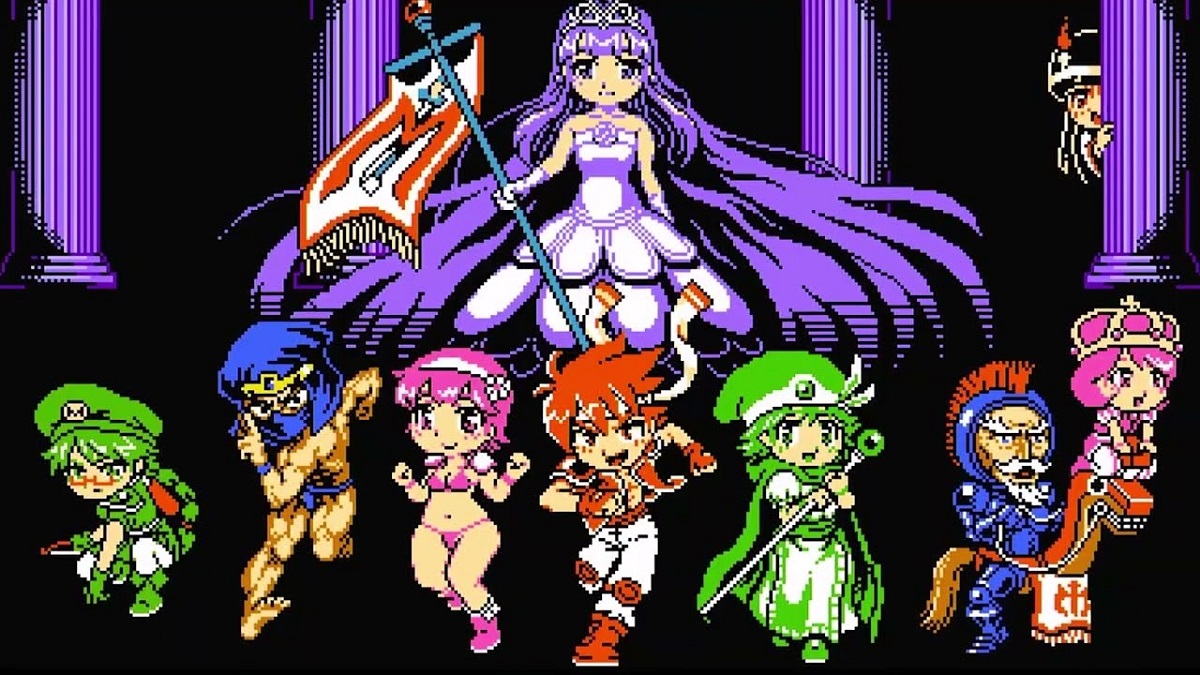
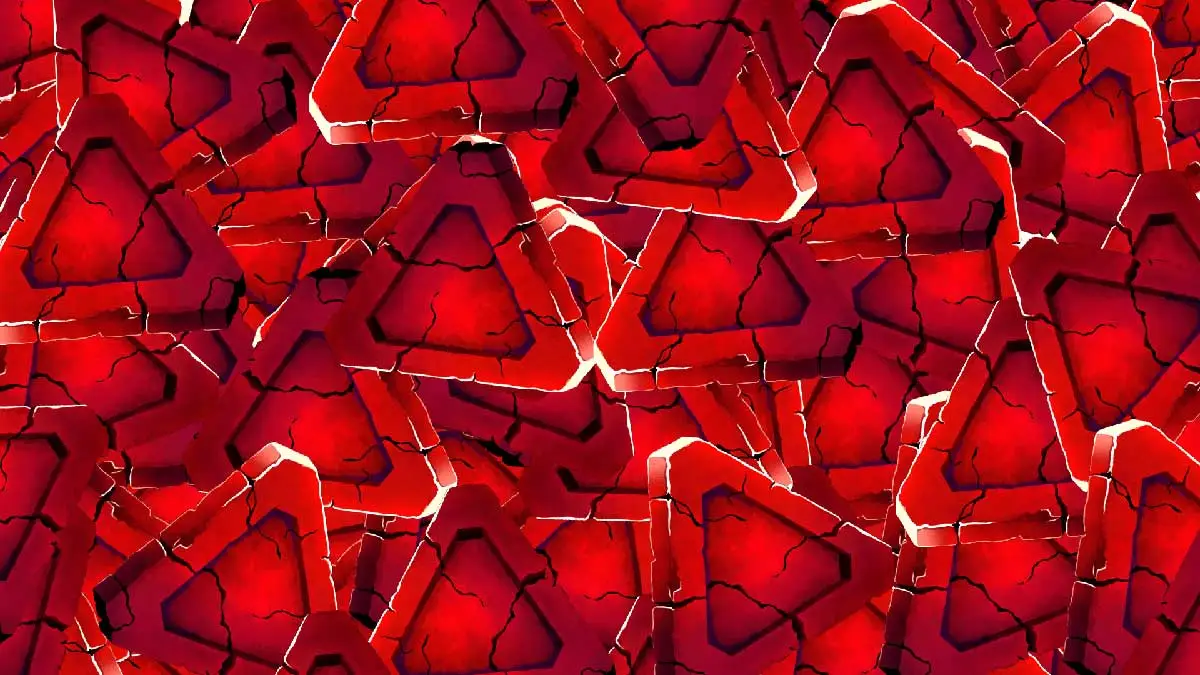
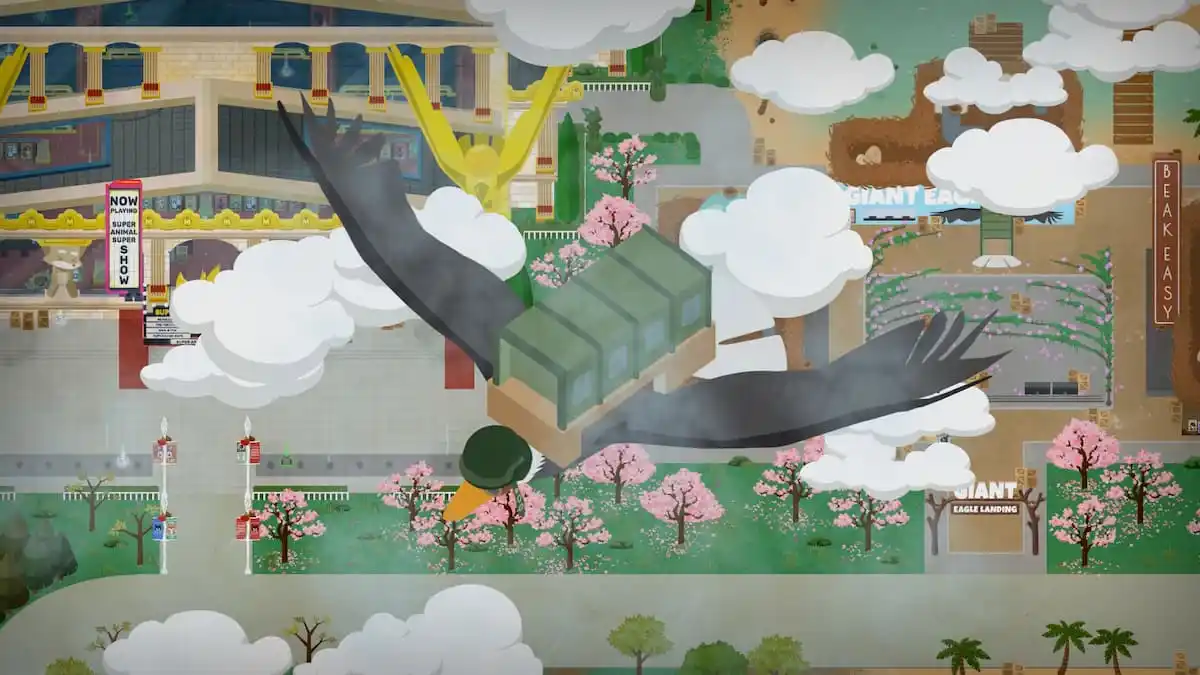

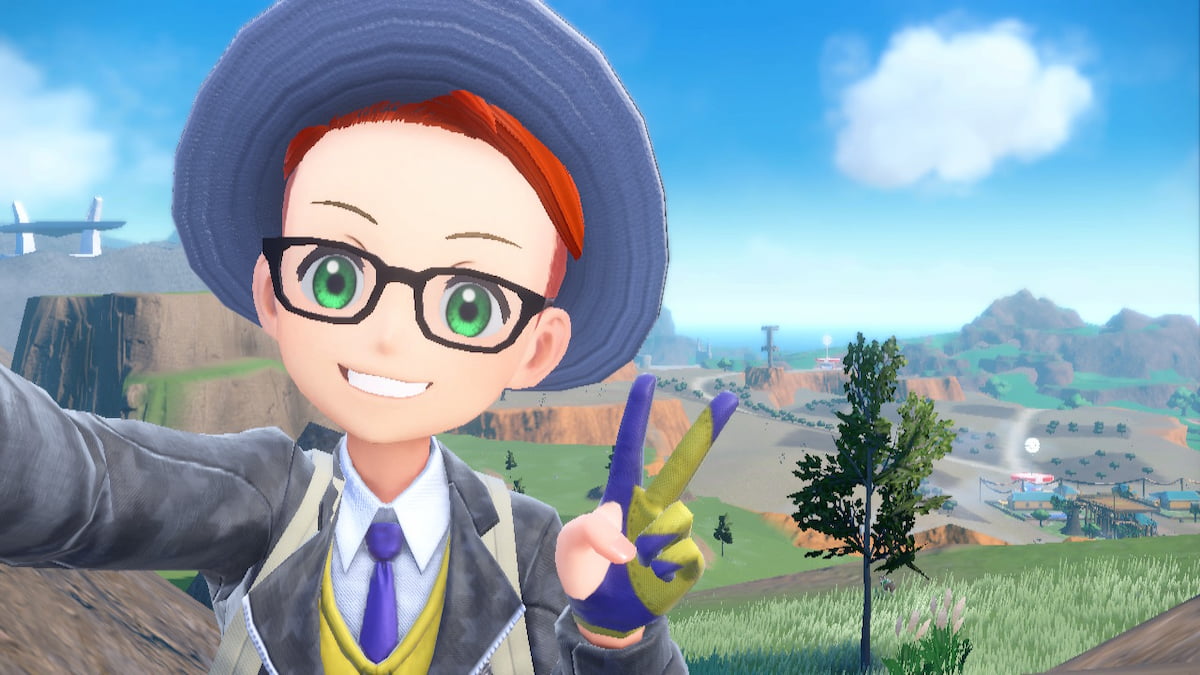
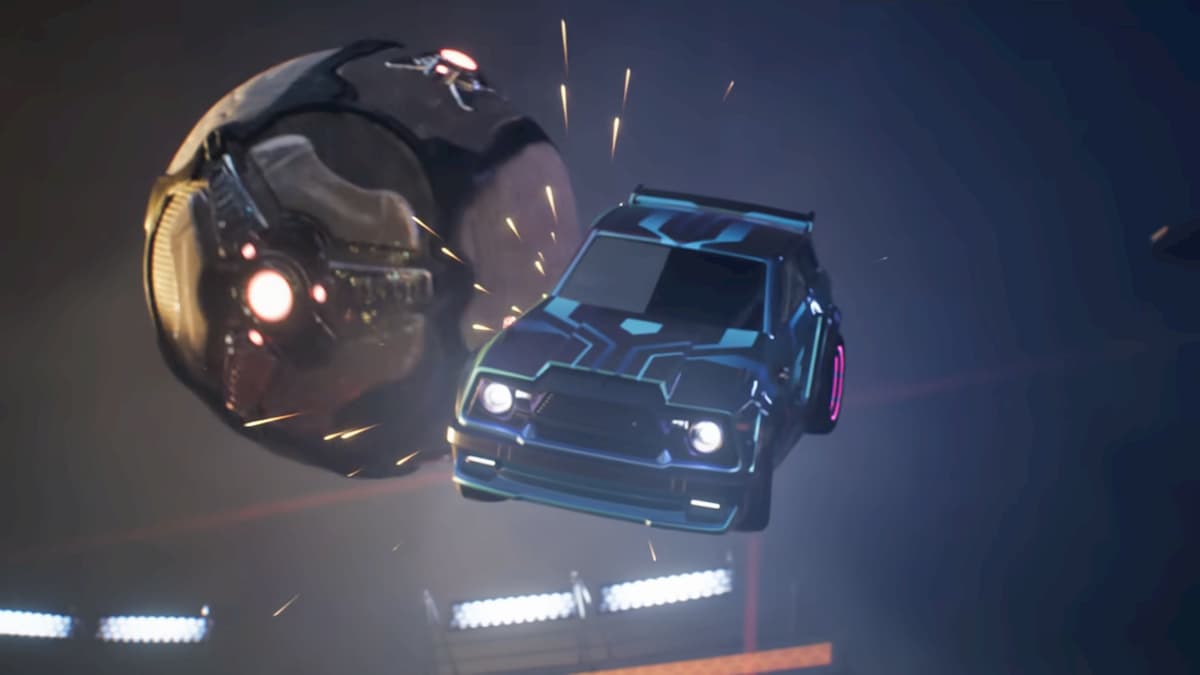
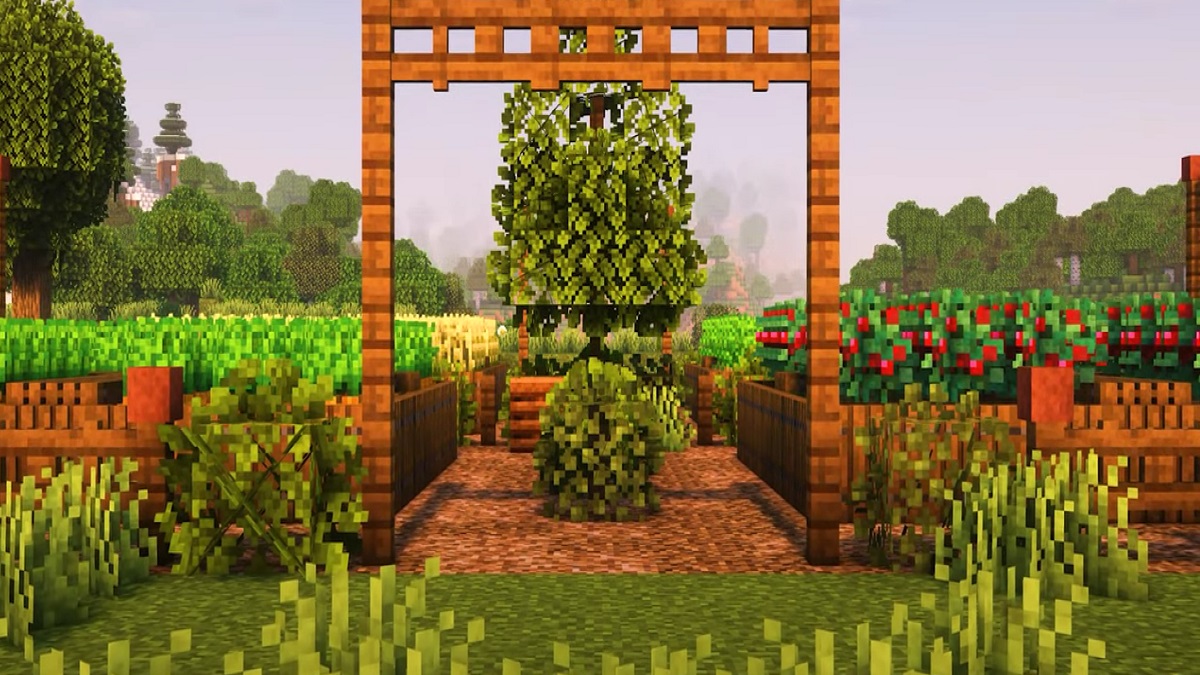
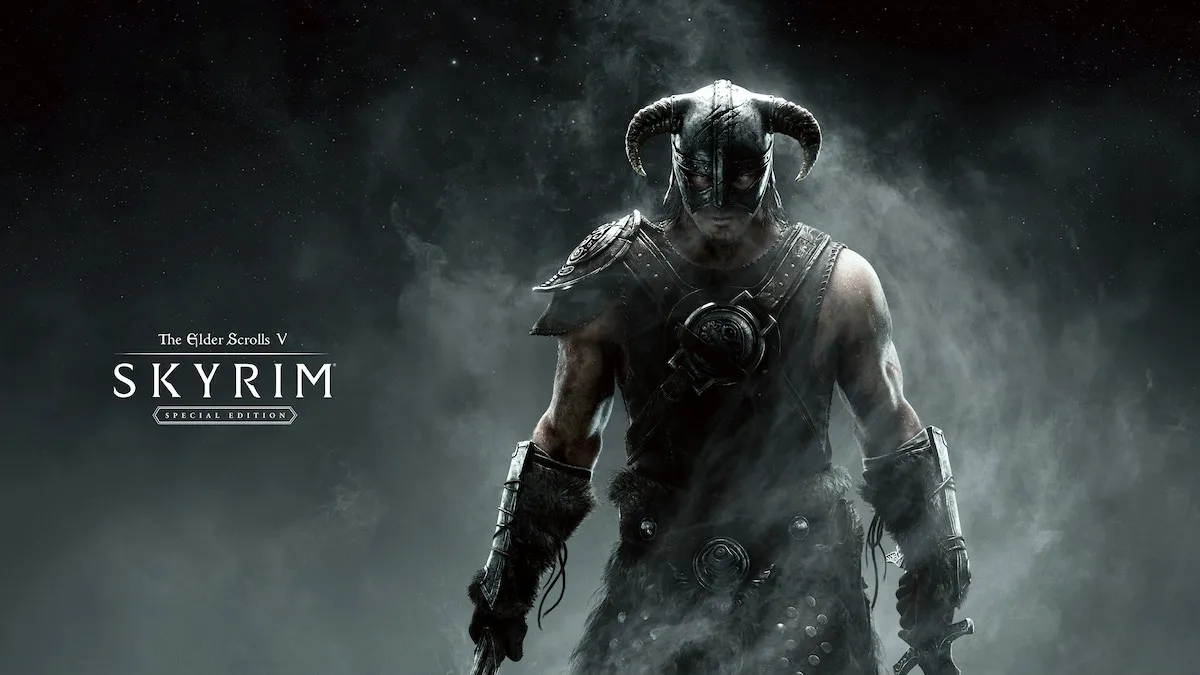
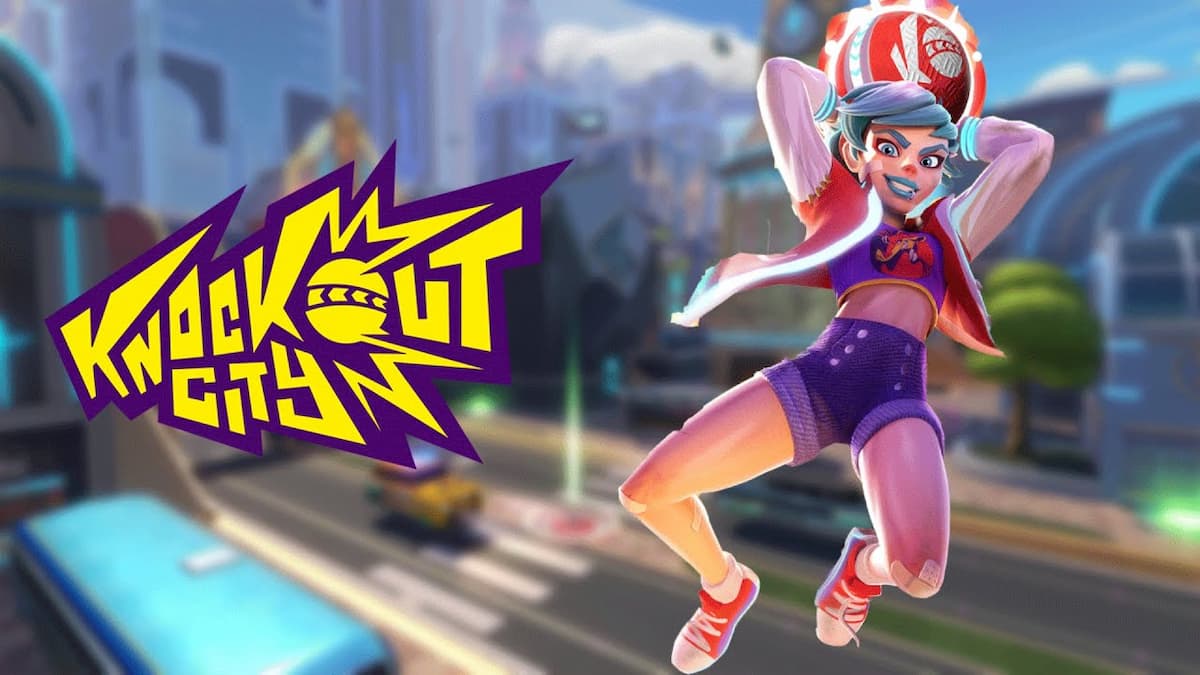
Published: Apr 13, 2022 12:06 pm